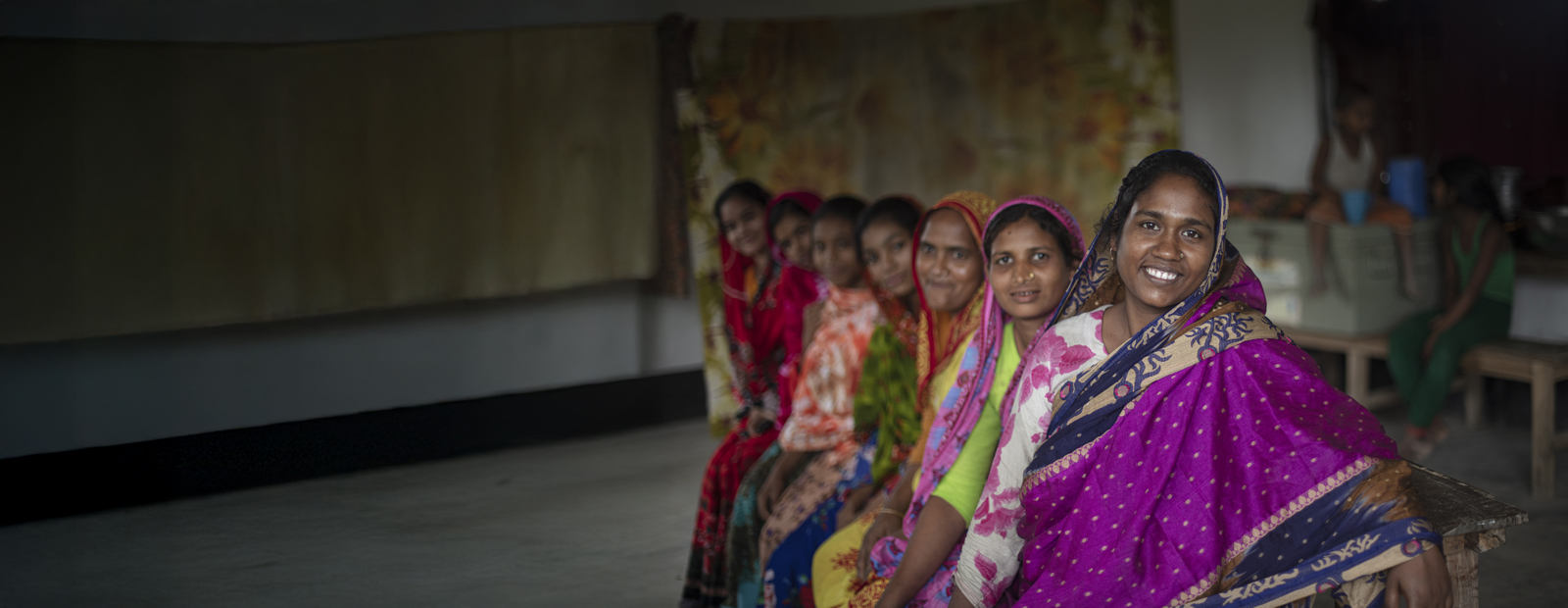The garment sector in Cambodia employs approximately 600,000 people and up to 85% of workers are women with a vast majority migrating from their home provinces for employment. Although women workers predominate the garment industry, sexual harassment is an issue. CARE’s research study, I know I cannot quit.’ The Prevalence and Productivity Cost of Sexual Harassment to the Cambodian Garment Industry, aims to contribute to the garment industry’s in-depth understanding of the relationship between violence against women, sexual harassment and the cost of productivity to the sector. The study identifies the prevalence of women garment industry workers experiencing sexual harassment is nearly 1 in 3 women at an estimated cost of USD 89 million per annum to the garment industry.
Chanthavy’s experience
Chanthavy (name changed to protect her identity), single and age 24, left her parents’ home in Prey Veng province to find work in Phnom Penh. She moved into a shared room with her cousins but now she lives alone. She shares her story below.
“I have lived in this area for two years, but I don’t know many members of the community. I have some relatives and colleagues nearby, but I don’t know many neighbours….[Women] only go out to work and then come back to the house. We fear staying outside….You cannot hide. Almost every morning, we meet problems on the way to work, with men calling out to us and chasing us. Two months ago, it happened to me, at 6am on the way to the factory. I was walking and two men began to chase me. It was light at that time but quiet where we were. I ran to where there would be many people. This happens to many women, but we don’t report it to the factory. Before, we used to report it, but they didn’t do anything. They ignored it ….everybody knows some factories are better than others….But those factories are always full.…”
Chanthavy shares some of the coping strategies that women employ to manage sexual harassment and threats to their safety. With weak mechanisms for reporting and addressing sexual harassment, women have few options for their safety and to seek justice. 28.6% of women report experiencing sexual harassment in the workplace and 16.5% of women report experiencing sexual harassment outside the factory. Strengthening policy, its implementation, and complaints mechanisms processes can support the industry to create a safer work environment and reduce productivity loss caused by violence.
CARE’s Work in Cambodia
CARE works with hundreds of thousands of people in Cambodia, particularly women who have migrated to urban areas, women and girls from ethnic minorities and rural women who are denied multiple rights. Within the garment industry, CARE works with the Garment Manufacturer’s Association of Cambodia (GMAC) and a number of factories to address sexual harassment prevention policy and training in the workplace.
CARE’s standard Workplace Sexual Harassment Policy for Garment Factories in Cambodia includes an Implementation Guide for the workplace policy, a Training Toolkit (Sexual Harassment Stops Here) which contains a training manual for conducting five workplace training sessions, a suite of training materials and resources, and a DVD with films, including a four-part drama ‘Chanda’s Story’, a karaoke video, and two educational videos. The sexual harassment prevention package will be scaled up in garment factories across Cambodia, Lao PDR, Myanmar and Vietnam from 2017 to 2021, funded through the Australian NGO Cooperation Program (ANCP).
Find out more about CARE’s work in sexual harassment prevention and the study, ‘I know I cannot quit.’ The Prevalence and Productivity Cost of Sexual Harassment to the Cambodian Garment Industry.
Find out more about CARE’s work in Cambodia.

